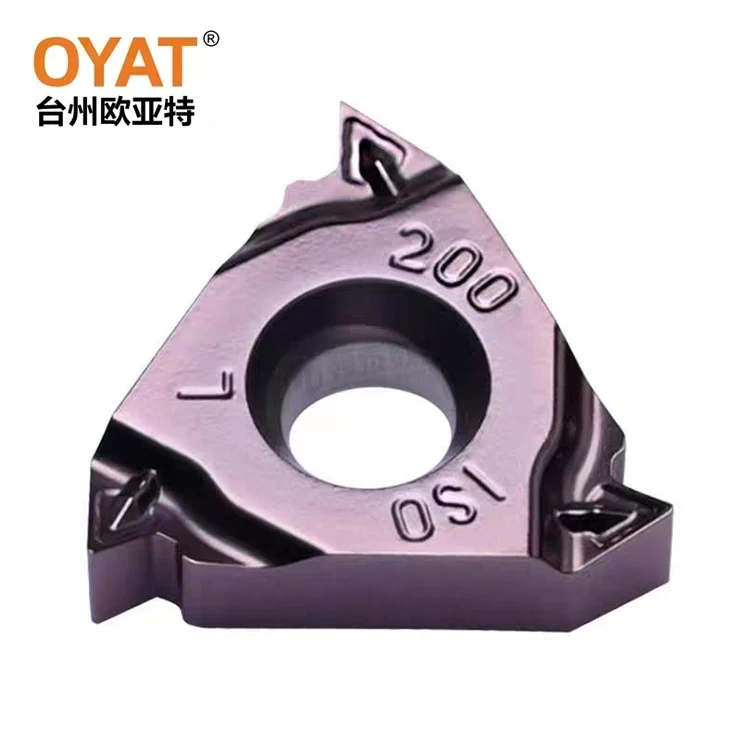Why Are Turning Inserts Essential for Precision Machining?
2025-04-27
When it comes to precision machining, the quality of the tools used can make or break the final product. Among the most crucial components of machining are turning inserts. These small but powerful tools have a significant impact on the efficiency, accuracy, and overall performance of machining processes. But what makes turning inserts so vital to the manufacturing world?

Turning inserts are primarily designed for turning operations, where material is removed from a workpiece as it rotates. These inserts are typically made from high-performance materials like carbide, cermet, or ceramic, ensuring they can withstand high cutting speeds and extreme pressures. Their ability to maintain sharpness and resist wear allows them to produce high-precision results while maintaining their cutting edges for longer periods.
One of the key benefits of turning inserts is their versatility. Available in a wide variety of shapes, sizes, and coatings, turning inserts can be tailored to suit different materials and machining tasks. Whether it’s for cutting hard metals, finishing surfaces, or performing rough cuts, turning inserts can be easily swapped out to meet the specific needs of each job. This adaptability makes them indispensable for a range of industries, from automotive and aerospace to medical device manufacturing.
The economic advantages of turning inserts are also significant. By offering long tool life, turning inserts reduce the frequency of tool changes and lower overall operational costs. Their ability to provide consistent performance throughout long production runs minimizes downtime and maximizes productivity. With the right insert, manufacturers can achieve optimal cutting performance without sacrificing cost-efficiency.
Turning inserts also play a critical role in improving the surface quality of finished parts. Their precise geometry and cutting edges enable smoother cuts, which results in better surface finishes. This is particularly important in industries that require high-quality finishes, such as the production of parts for electronics or medical equipment. By achieving a smoother surface, turning inserts help enhance the performance and durability of the final product.
Advanced coatings and specialized geometries further enhance the performance of turning inserts. Coatings such as titanium nitride or cubic boron nitride can improve heat resistance, reduce friction, and enhance tool life, allowing turning inserts to handle tougher materials and more demanding applications. These innovations ensure that turning inserts can keep up with the evolving needs of modern manufacturing, delivering higher precision and greater efficiency.
Turning inserts may be small, but they are an essential part of the machining process. Their durability, adaptability, and efficiency make them indispensable in industries where precision and cost-effectiveness are paramount. Whether it's achieving a flawless surface finish, reducing wear, or maximizing tool life, turning inserts are at the heart of high-performance machining operations.


